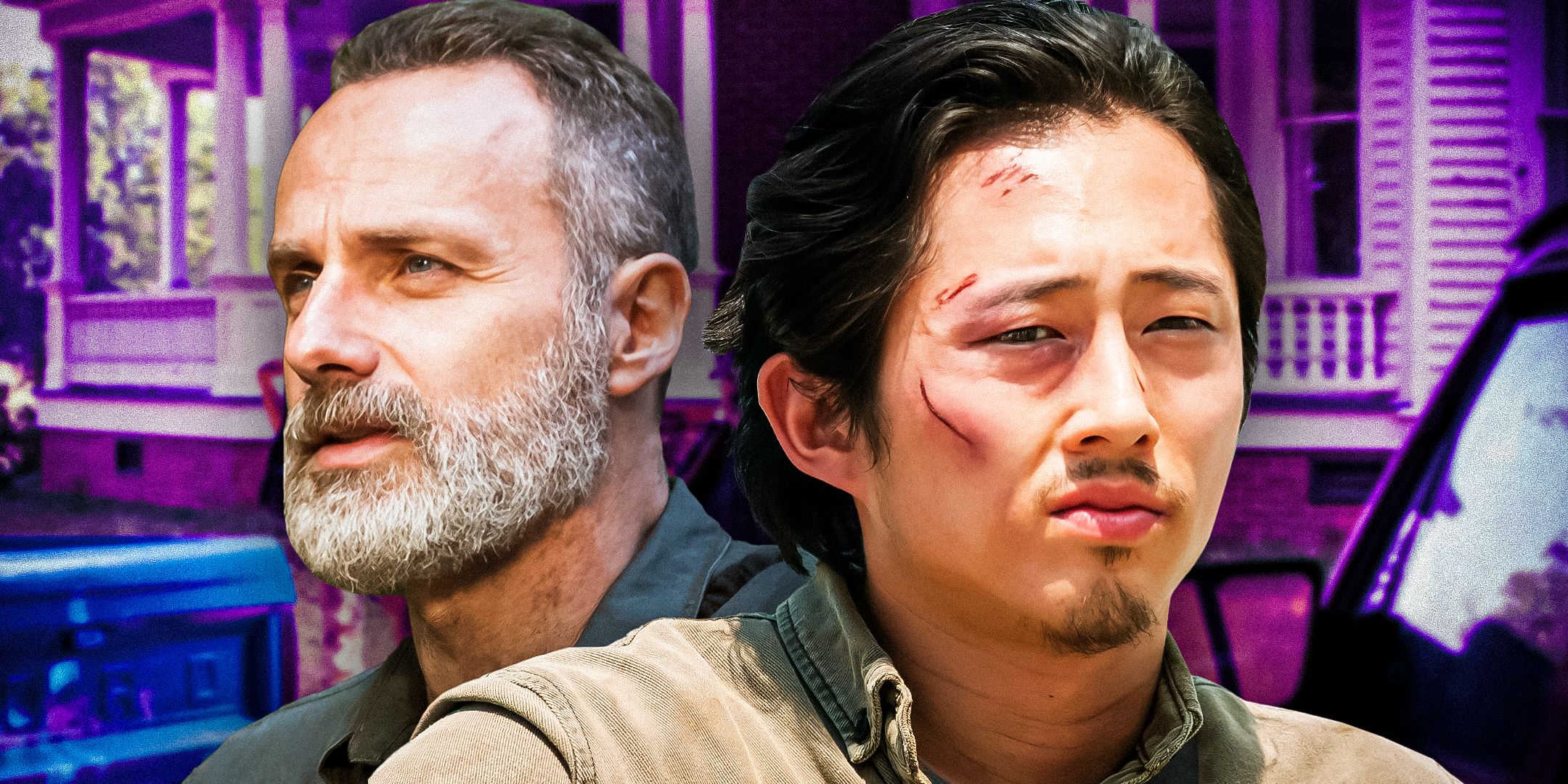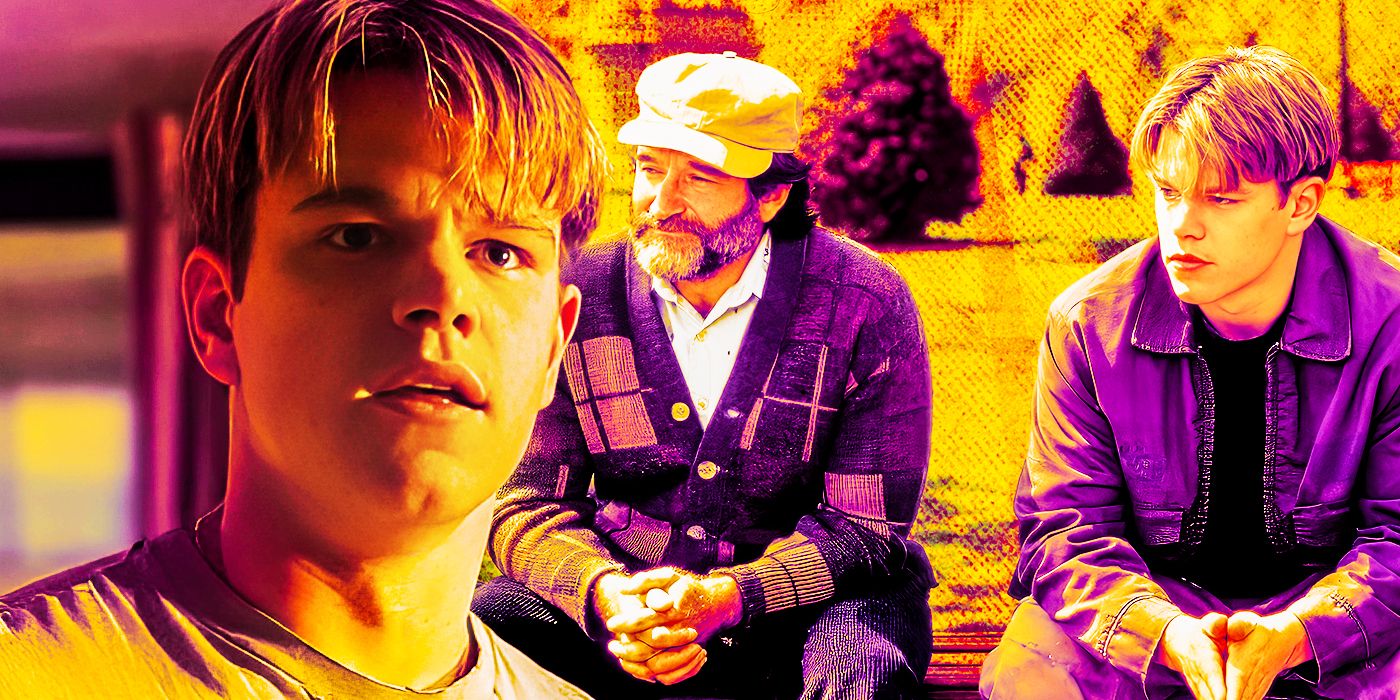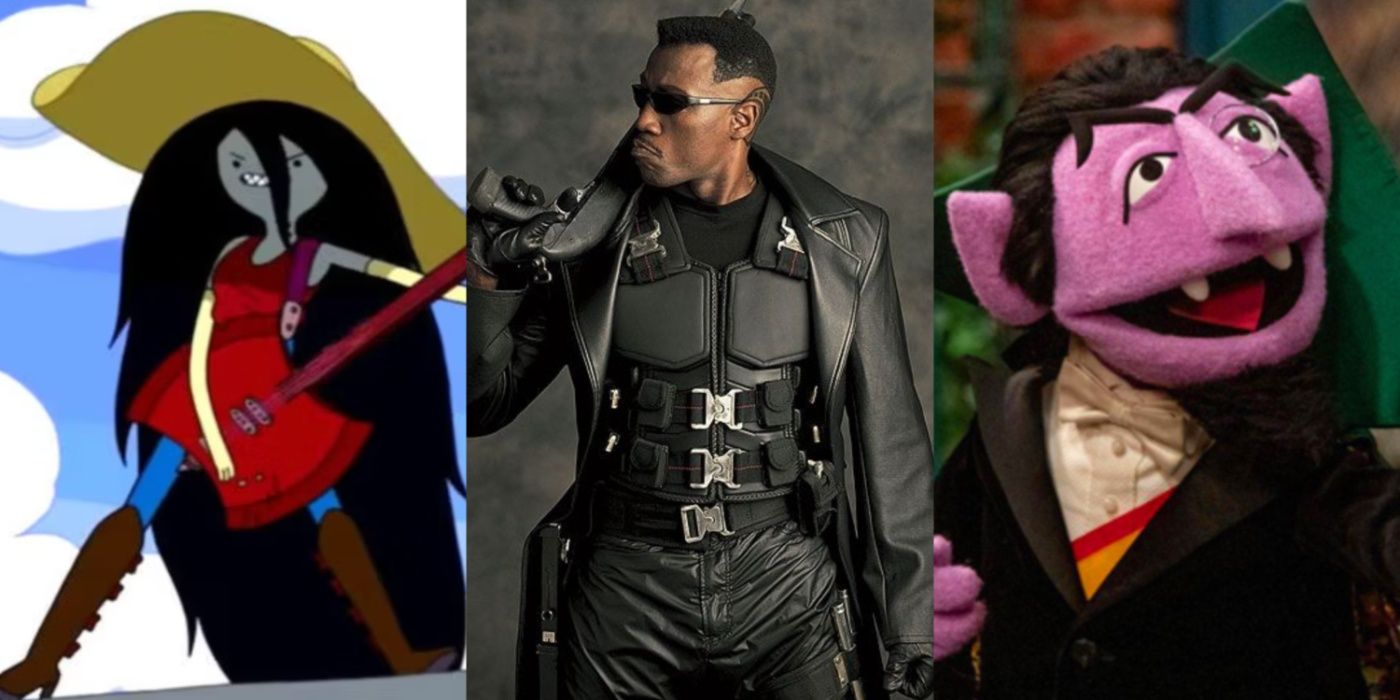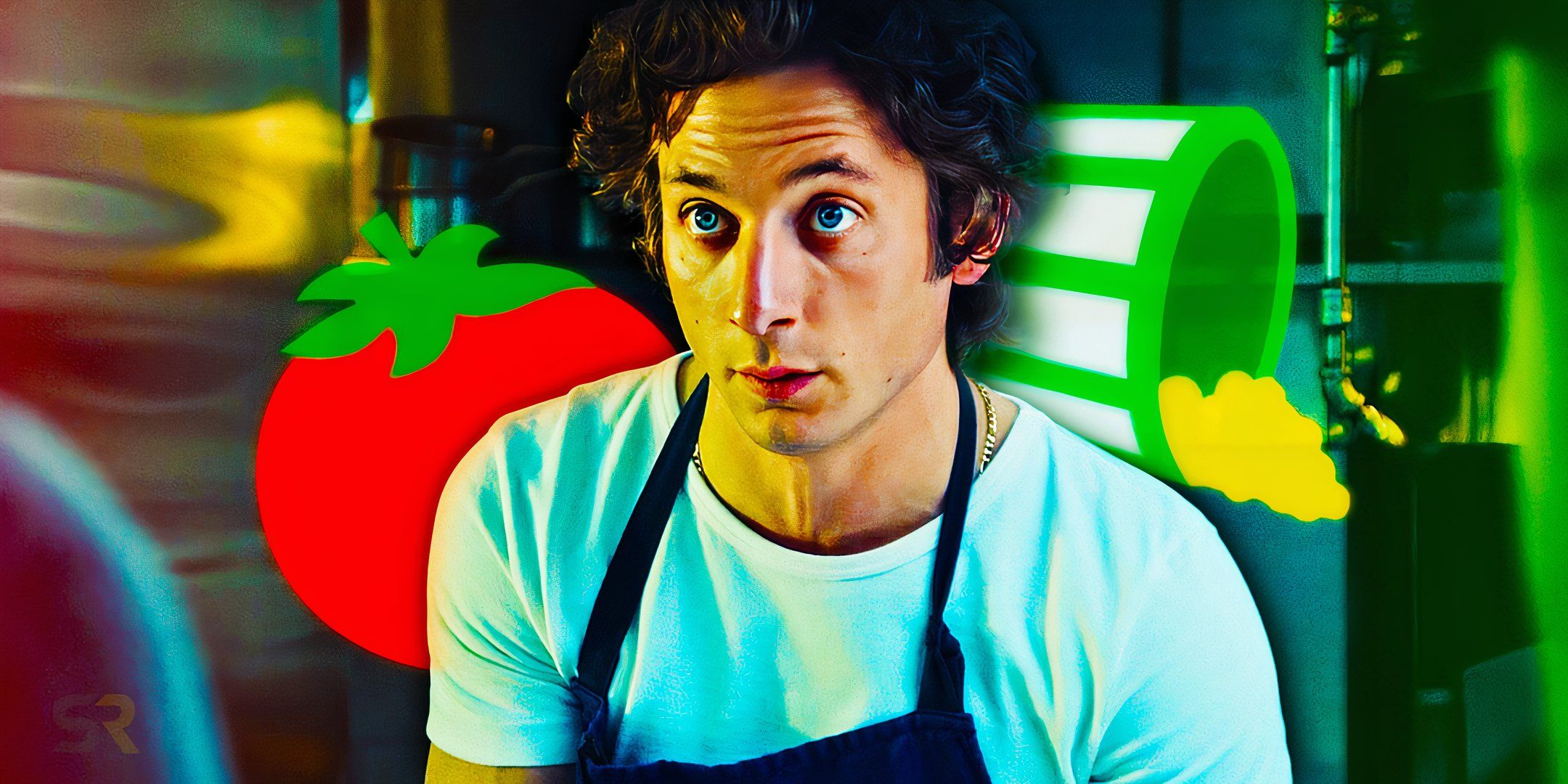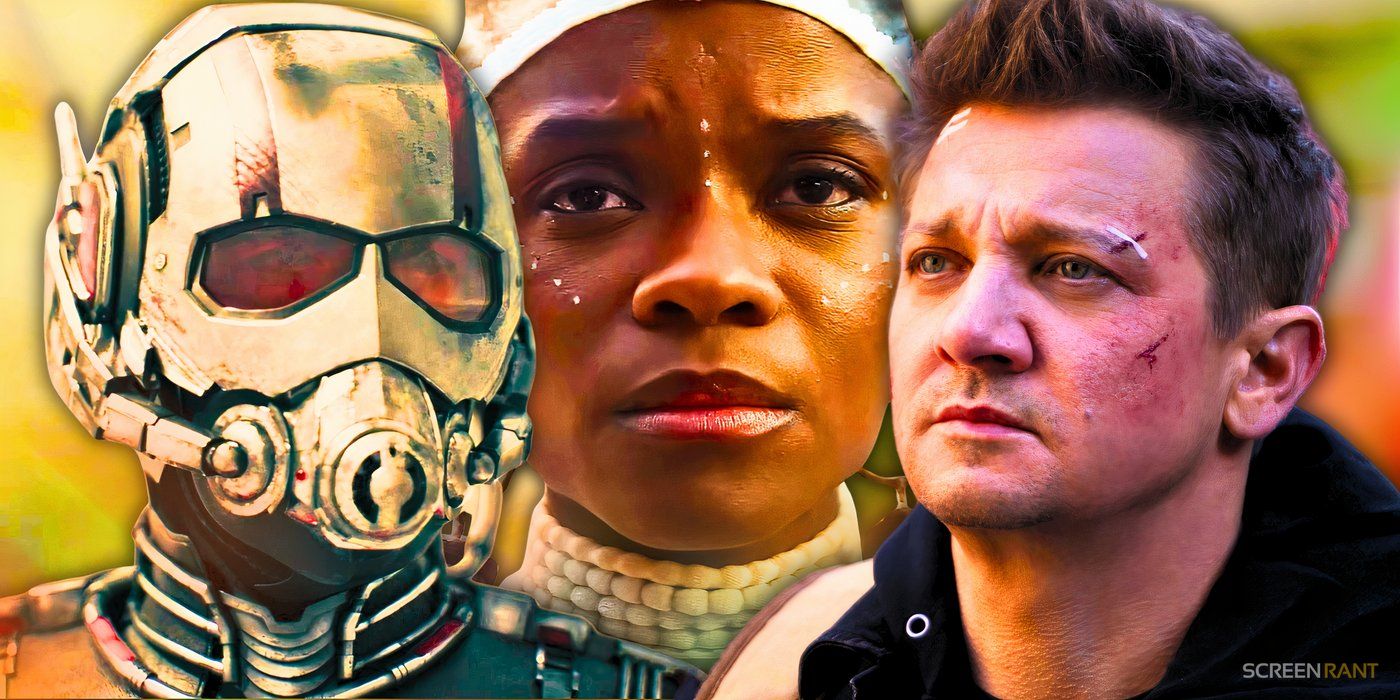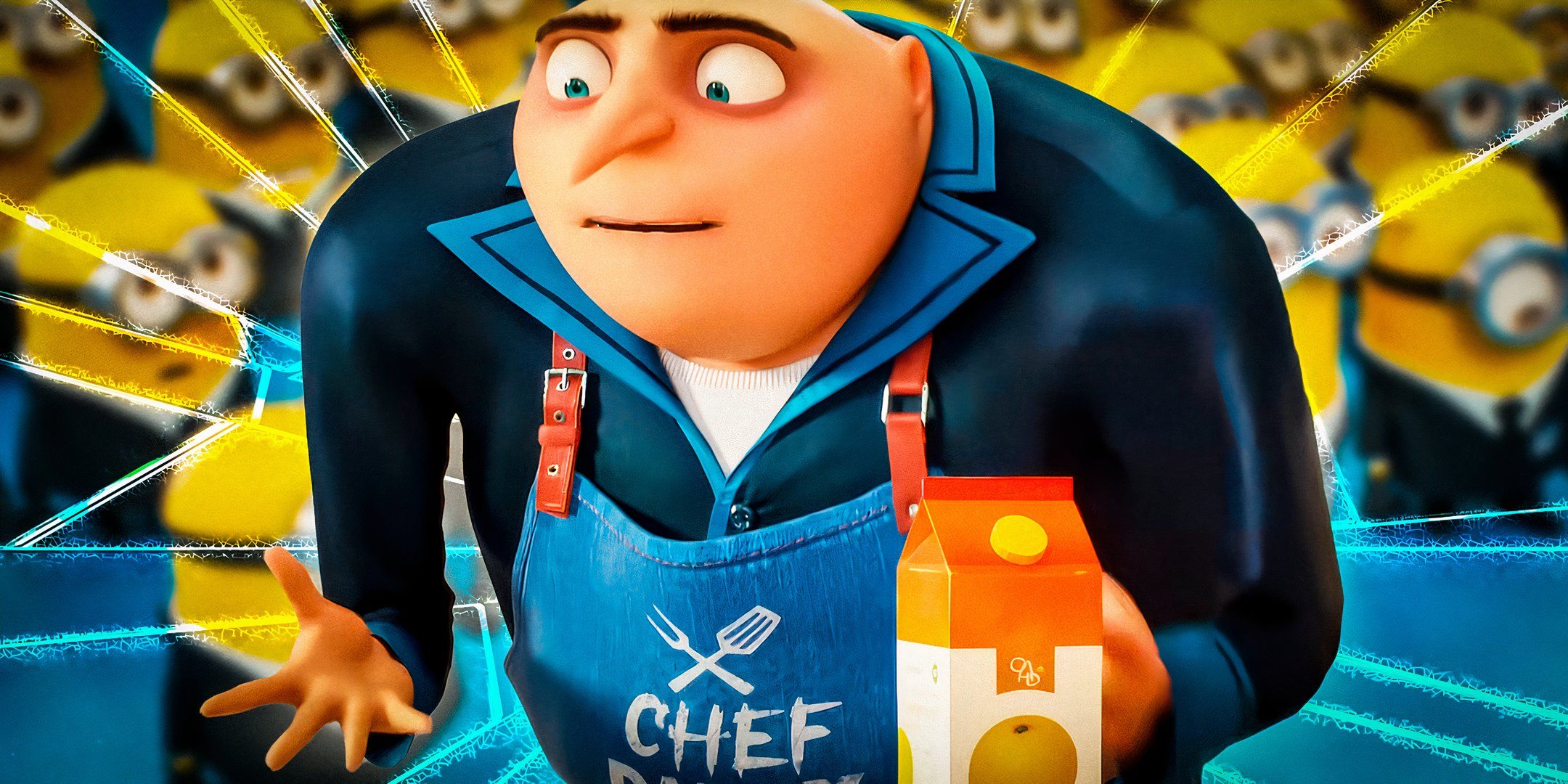From The General to Ben-Hur to Once Upon a Time in the West, there are many classic movies that have influenced George Miller’s iconic work on the Mad Max franchise. Miller recently sat down with Vanity Fair for an interview about his cinematic inspirations. As a spaghetti western actioner set in a post-apocalyptic wasteland, the Mad Max series has drawn from a disparate range of sources. In the Vanity Fair video, Miller named a wide variety of movies, from the desert-set war epic Lawrence of Arabia to the silent slapstick comedy Safety Last!, as influences on his filmmaking style.
Miller’s M.O. is to tell a story visually, instead of relying on expositional dialogue. He believes that pure cinema can be understood through the images alone. Miller paraphrases Alfred Hitchcock to explain that he wants to make films where “they don’t have to read the subtitles in Japan.” Some of Miller’s influences are obvious; it’s clear as day that Max’s lone-wolf man-of-few-words characterization was inspired by Sergio Leone’s stoic gunslingers. But some of Miller’s influences are more obscure – how did Jurassic Park influence the Mad Max series?
10
The General
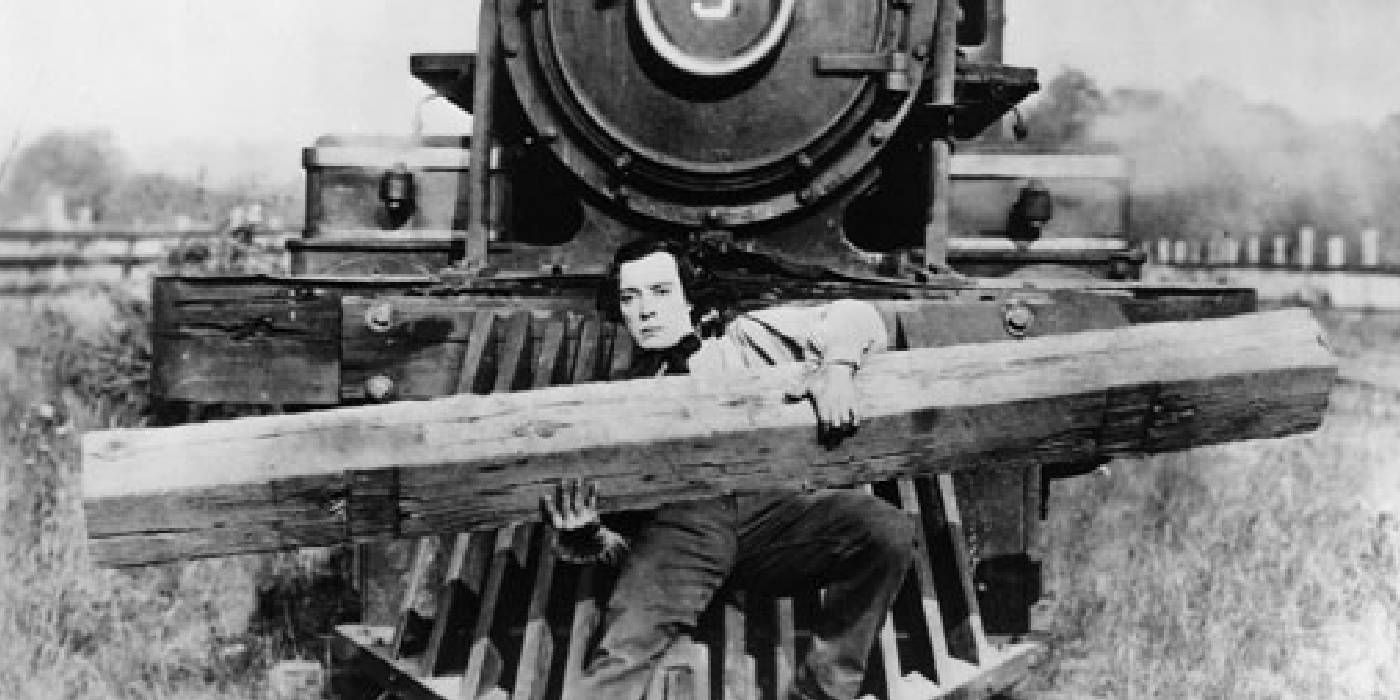
One of the first movies that Miller mentions in the Vanity Fair video is Buster Keaton’s 1926 silent comedy The General. Inspired by the Great Locomotive Chase, a real event that took place during the American Civil War, The General revolves around an engineer singlehandedly trying to reclaim his train, which has been stolen by Union spies. While it wasn’t well-received on its initial release, The General has since been reappraised for Keaton’s death-defying stunt work on a moving train.
Miller was inspired by Keaton’s penchant for doing “incredibly unsafe” stunts for real in the service of cinematic spectacle. His own use of practical stunt work in the Mad Max movies – arguably the franchise’s biggest selling point – was directly influenced by Keaton’s groundbreaking work on The General. Miller even recreated The General’s iconic low-angle shot of a train on a track in Beyond Thunderdome.
9
Kagemusha
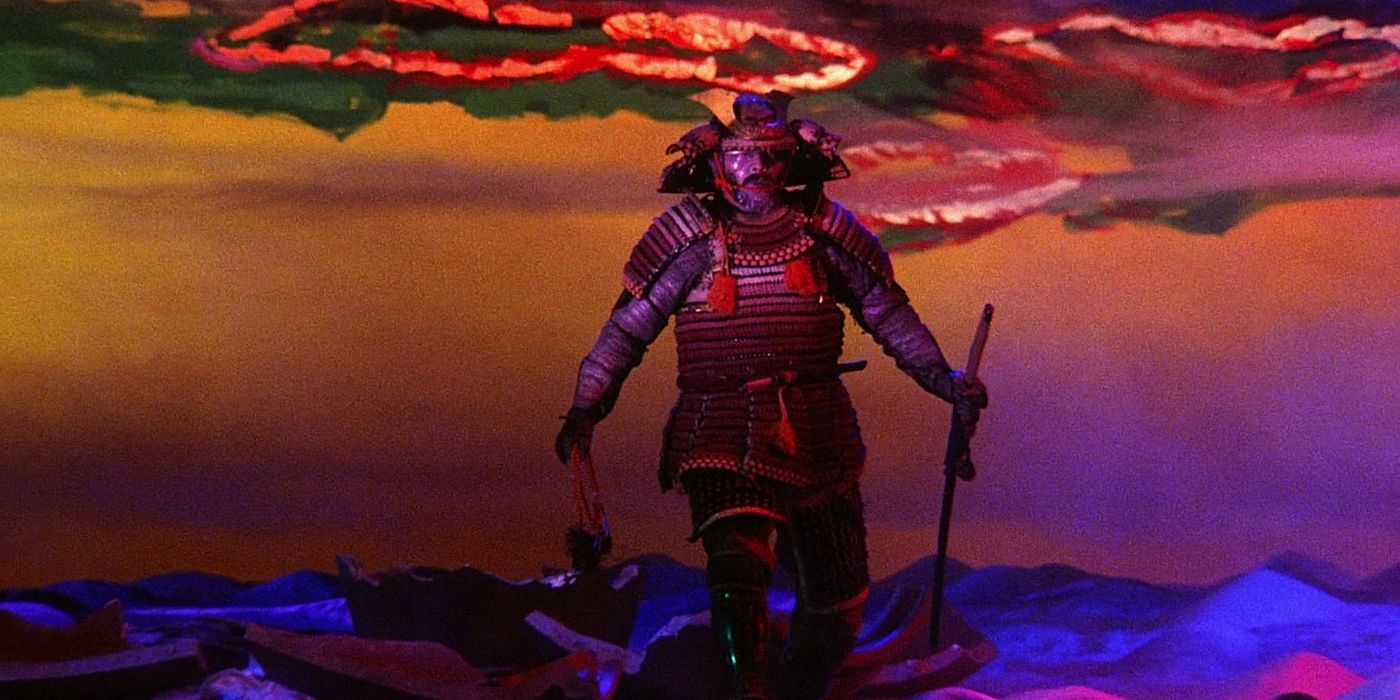
In the Vanity Fair video, Miller says that when he first came to Japan, his Japanese fans told him that they saw Max as a samurai and assumed Miller was heavily inspired by Akira Kurosawa’s classic samurai films. But, much to their dismay, he’d never even heard of Kurosawa, so he then made it his mission to catch up on Kurosawa’s samurai canon. In the video, Miller praises Kurosawa for taking the tropes and conventions of American cinema and reinterpreting them through his own lens.
He specifically mentions 1980’s Kagemusha as an influence on the later Mad Max films. There’s a clear parallel between Kurosawa’s colorful cinematography in Kagemusha and the bright, saturated visuals of Miller’s latter-day Mad Max movies. Kagemusha’s shot of a silhouetted samurai with blood-red composition is nearly identical to a red-tinged shot of Dementus in Furiosa.
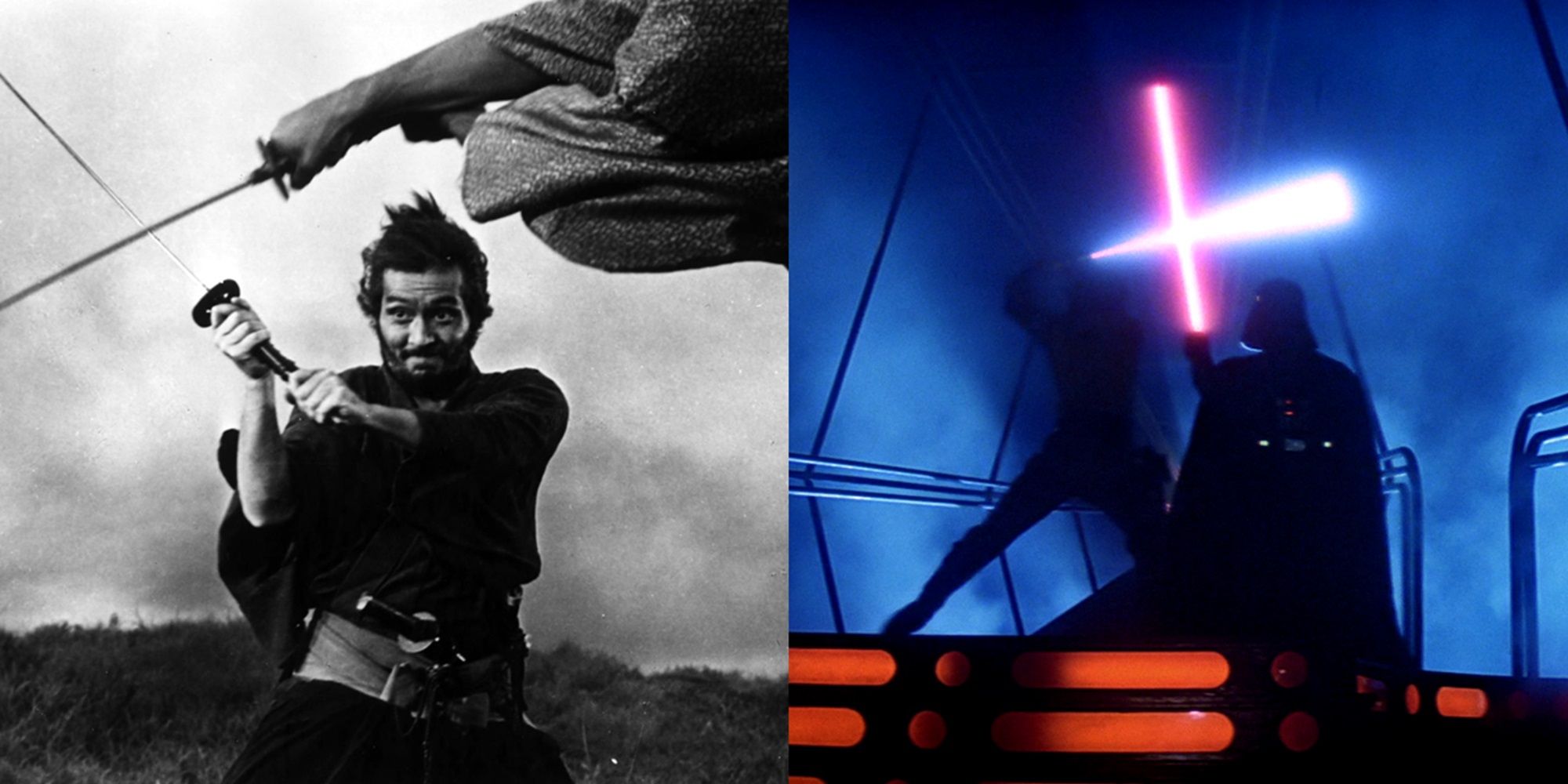
Related
10 Ways Akira Kurosawa Has Influenced Modern Blockbusters
Many of Hollywood’s top directors cite the legendary Akira Kurosawa as inspiration. His influence is seen in tons of popular movies, like Star Wars.
8
Once Upon A Time In The West
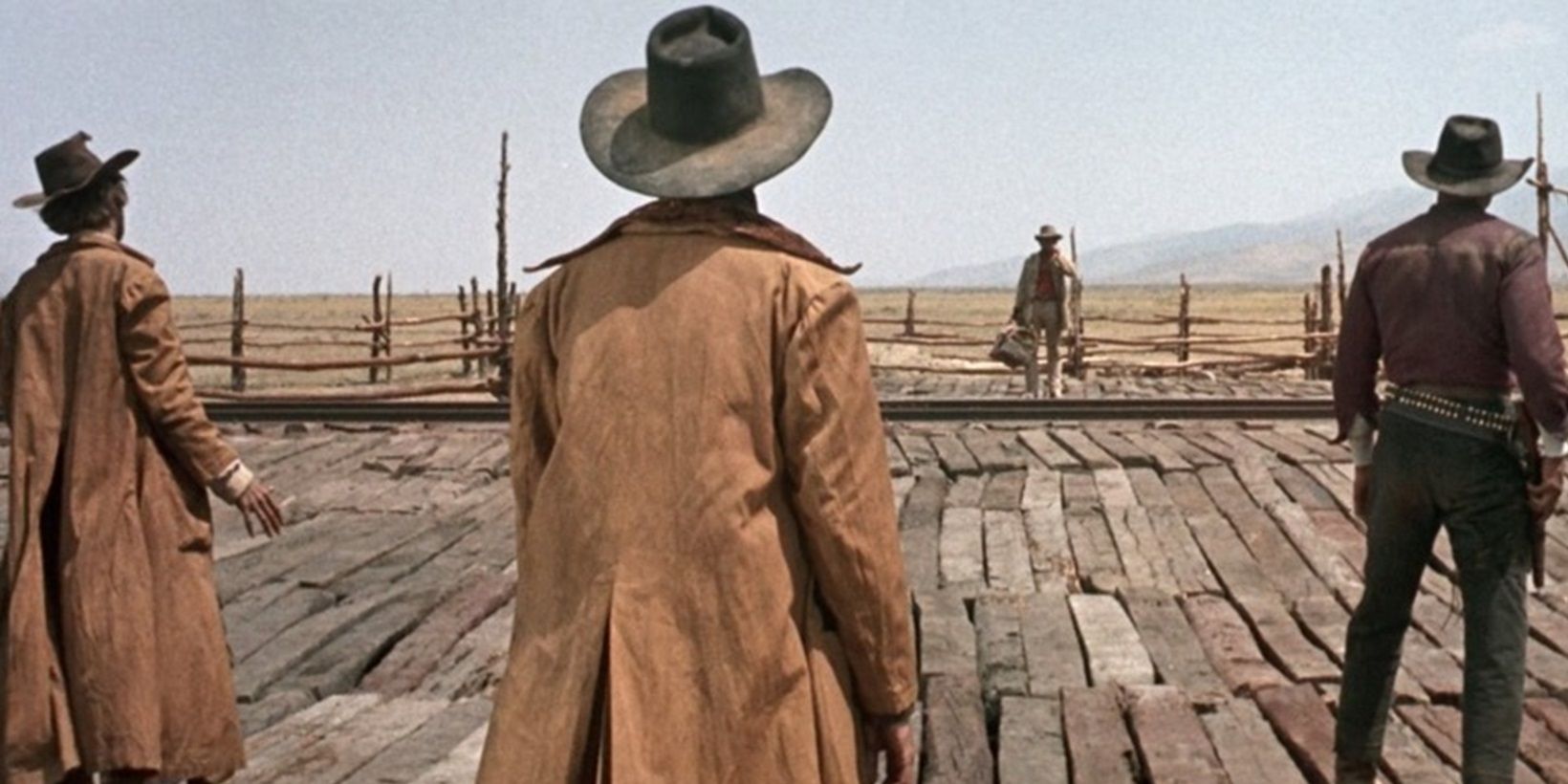
Miller mentions that the western genre was one of the biggest influences on the Mad Max franchise. He calls the Mad Max movies “westerns on wheels.” Like most westerns, Mad Max takes place in a barren, lawless wasteland where danger is lurking around every corner. The director specifically name-checks Sergio Leone’s breathtaking epic Once Upon a Time in the West as a visual influence on his creation of the Mad Max films.
Once Upon a Time in the West essentially took all of Leone’s favorite moments from the storied history of the western genre and stitched them together in one big, definitive western opus. The way that Leone frames the bleak western landscapes, contrasting eye-popping wide shots with intense closeups, has plenty of similarities with Miller’s Mad Max compositions. Plus, Charles Bronson’s vengeful antihero “Harmonica” belongs to the same archetype as Max himself.
7
Jurassic Park

Miller describes Steven Spielberg’s dinosaur-infested sci-fi thriller Jurassic Park as “the first big event in digital cinema.” James Cameron had already created a liquid-metal Terminator in Terminator 2: Judgment Day and Young Sherlock Holmes had brought a stained-glass knight to life. But Jurassic Park was the first movie with dozens of VFX shots and several major CG characters.
The VFX in Jurassic Park directly inspired Miller to make a movie about talking animals (Babe), but it also showed him the limitless creative possibilities allowed by this new technology. In his post-CGI Mad Max movies, Fury Road and Furiosa, Miller has emphasized the use of practical stunts over visual effects. But he’s been able to use VFX to touch up the visuals and create images that wouldn’t have been possible without the technological breakthroughs made by Jurassic Park.
6
Lawrence Of Arabia
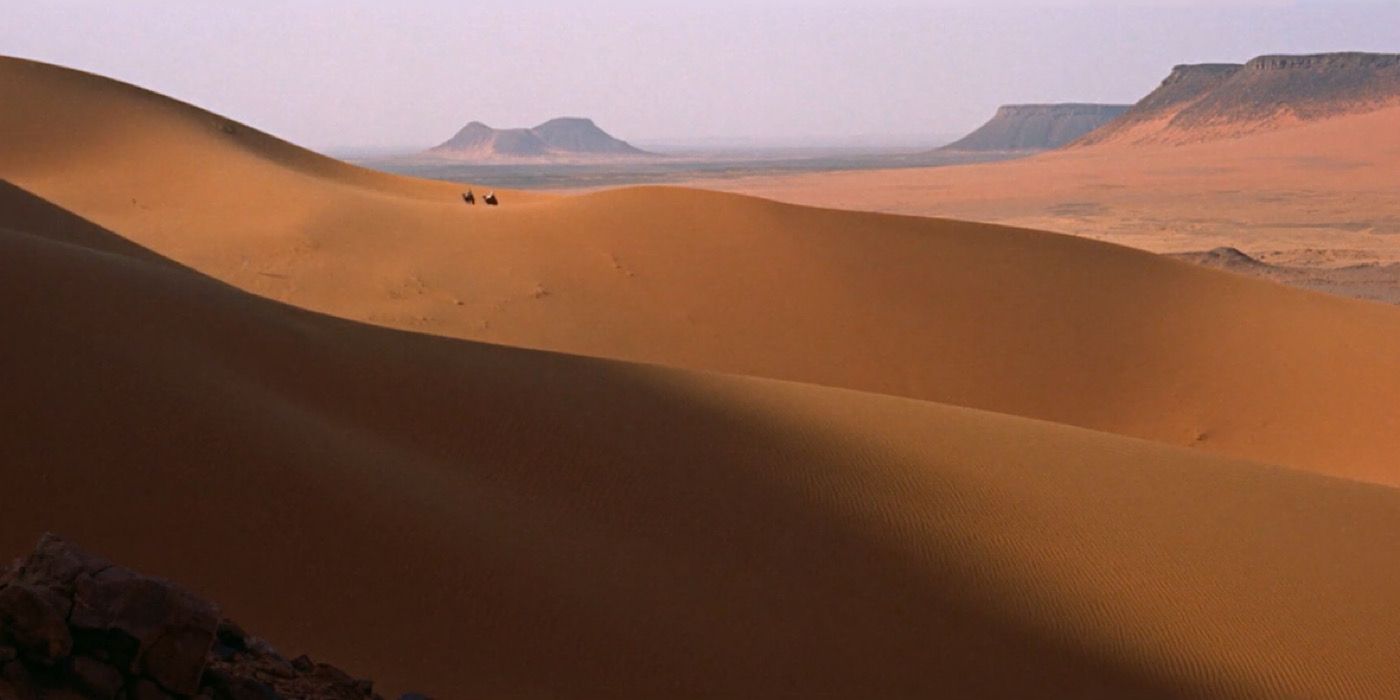
When it comes to landscape photography in the desert, Lawrence of Arabia is the benchmark. David Lean’s nearly four-hour epic chronicles the adventures of T.E. Lawrence and his role in the Arab Revolt of the First World War. Freddie A. Young’s stunning cinematography is the reason why the movie is so iconic. Young depicts Lawrence’s journey across the desert with breathtaking wide shots of sand as far as the eye can see, burning in the blistering sunlight.
From Mad Max 2: The Road Warrior onward, the Mad Max franchise has taken place in a bleak post-apocalyptic wasteland in which civilization has been reduced to one big, barren desert. In shooting those desert landscapes, Miller has taken inspiration from Young’s Lawrence of Arabia cinematography. Like Lawrence, he’s turned Max into a similar mythical figure that audiences can look up to.
5
Safety Last!
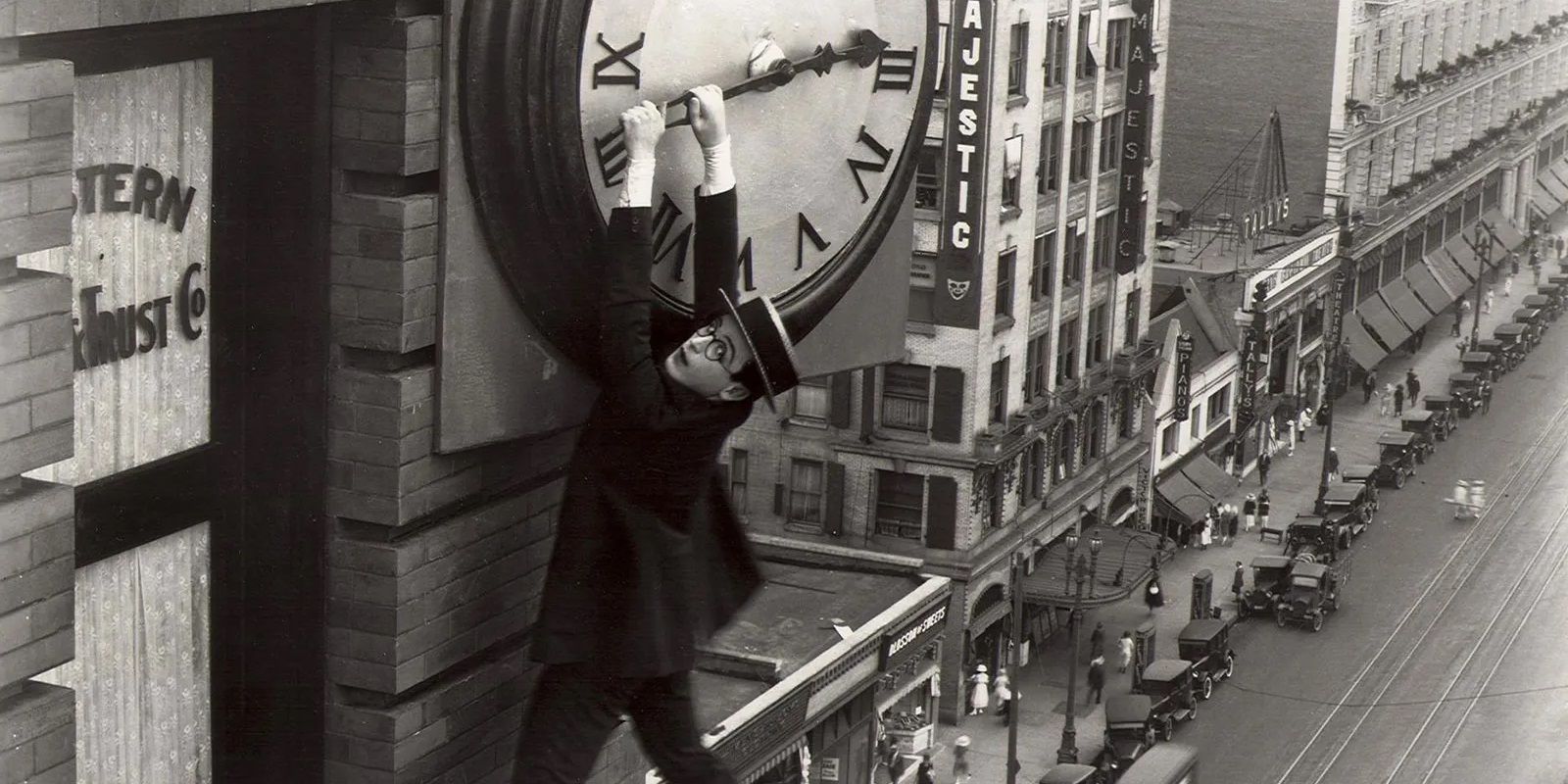
The General isn’t the only silent comedy of the 1920s that influenced Miller’s work on the Mad Max movies. He also names the 1923 Harold Lloyd film Safety Last! as an inspiration. Lloyd plays a small-town man who moves to the big city to make his fortune, after which his girlfriend will move out there and marry him. Unlike The General, Safety Last! has been beloved since its initial release; it was widely acclaimed by critics and shot Lloyd to stardom.
The most iconic shot in the film sees Lloyd dangling from a broken clock, a shot that was famously recreated with Doc Brown in Back to the Future. Miller was heavily influenced by Safety Last!’s ability to create an exhilarating moviegoing experience with practical stunt work. The Mad Max films are essentially the action movie equivalent of a Harold Lloyd silent slapstick comedy.
4
Stagecoach
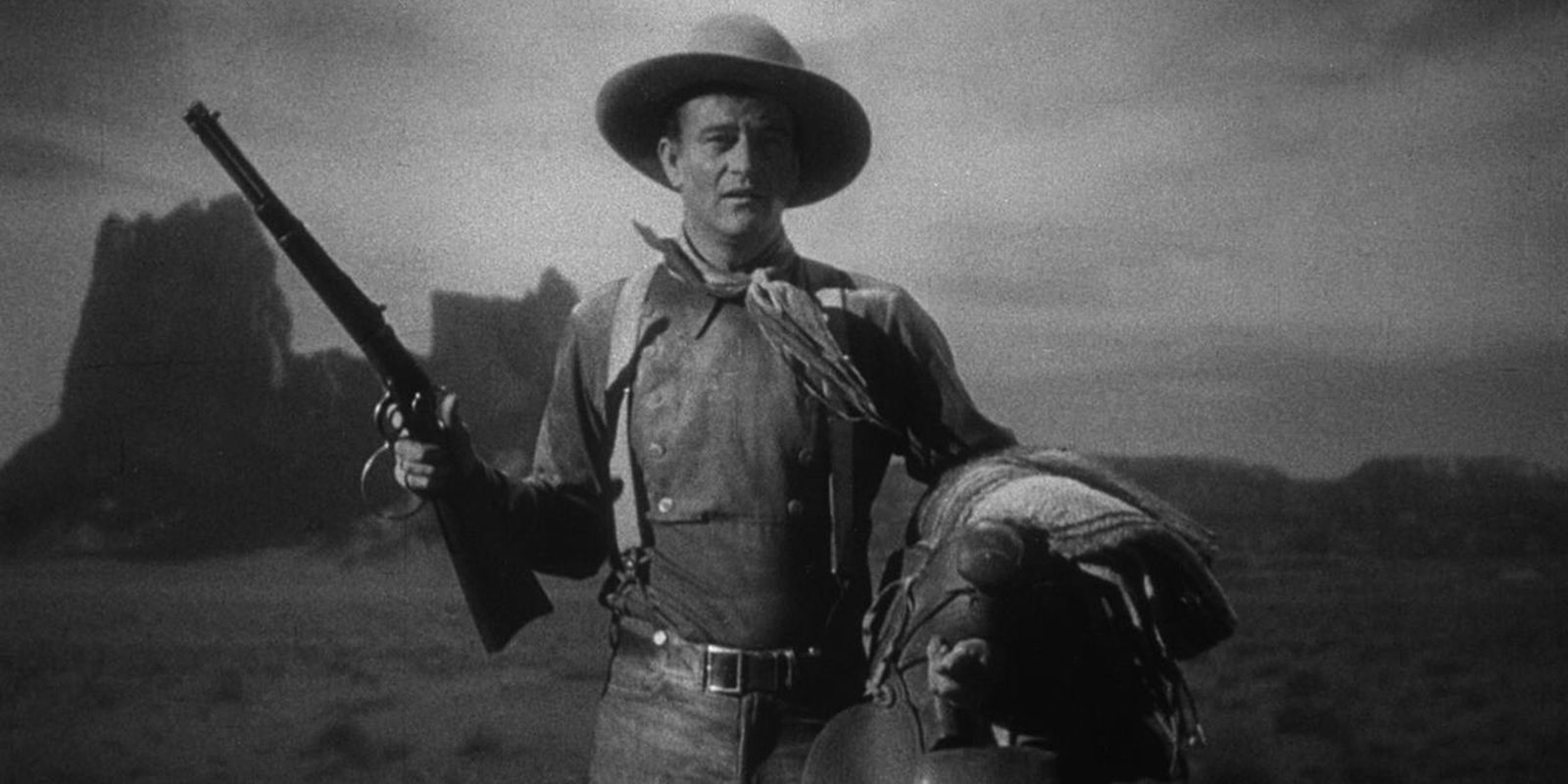
Once Upon a Time in the West isn’t the only western movie to have a direct influence on the Mad Max franchise. Mad Max: Fury Road is essentially a post-apocalyptic remake of John Ford’s seminal western masterpiece Stagecoach. Stagecoach revolves around a group of people traveling together, who find themselves fighting for survival when their coach is attacked by Geronimo and his men. This is more or less the same story as Fury Road: a group of people travel across the desert while under attack.
When the hallmarks of the western genre were still being ironed out by early Hollywood filmmakers, Ford went a long way towards establishing the genre’s cinematic language in Stagecoach. Stagecoach was a massive influence on American cinema, but its influence traveled overseas, too. Kurosawa was strongly influenced by Ford in his Japanese films, just as Miller took Ford’s influence in his Australian films.
3
Howl’s Moving Castle
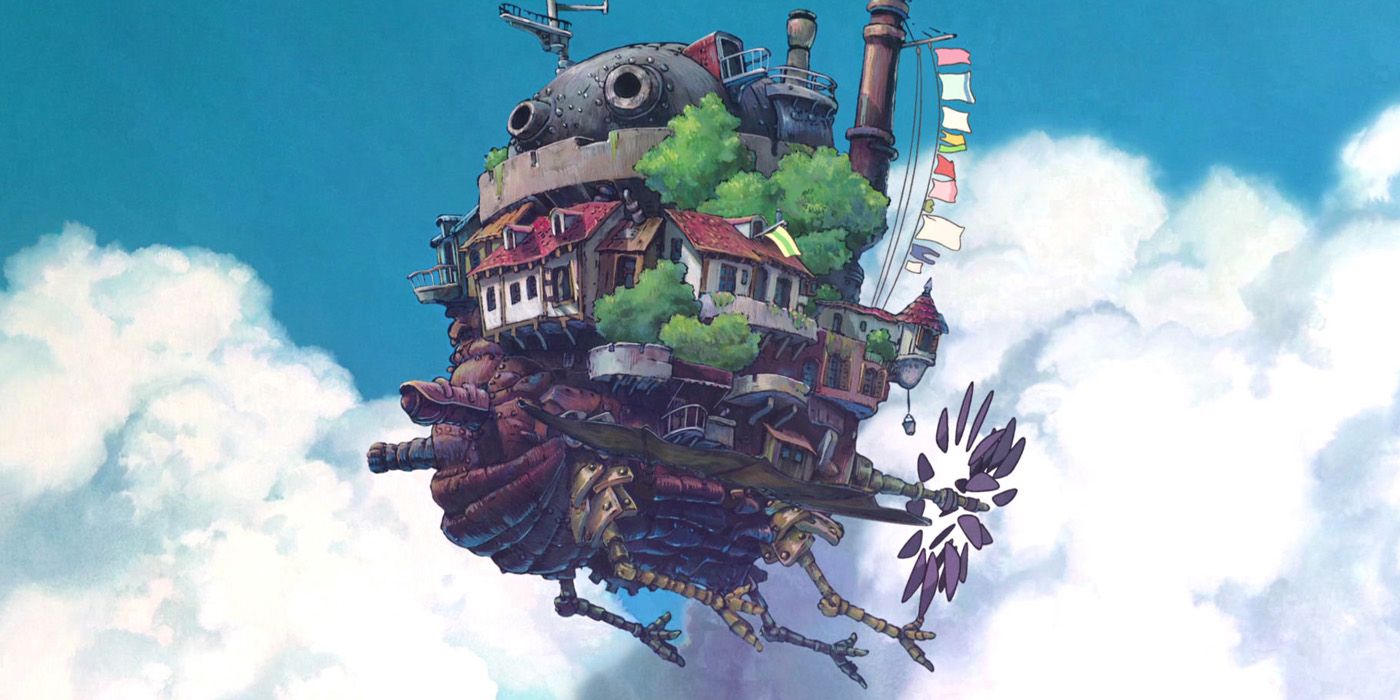
Another one of the influences mentioned in Miller’s Vanity Fair video is the classic Studio Ghibli animation Howl’s Moving Castle. Howl’s Moving Castle is an anti-war masterpiece set in a fantasy world where two kingdoms are at war, battling each other with both early 20th-century technology and magic. The story revolves around a young milliner who is transformed into an elderly woman by a witch and gets swept up in an adventure with a wizard named Howl.
It’s easy to see how the steampunk aesthetic of Howl’s Moving Castle has influenced the visual style of the Mad Max franchise. Much like Mad Max’s post-apocalyptic wasteland, the world of Howl’s Moving Castle is a war-torn hellscape, but it’s bursting with bright colors. The titular moving castle is the same kind of giant, lunky, exhaust-spewing rig that the villains of the Mad Max universe drive around in.
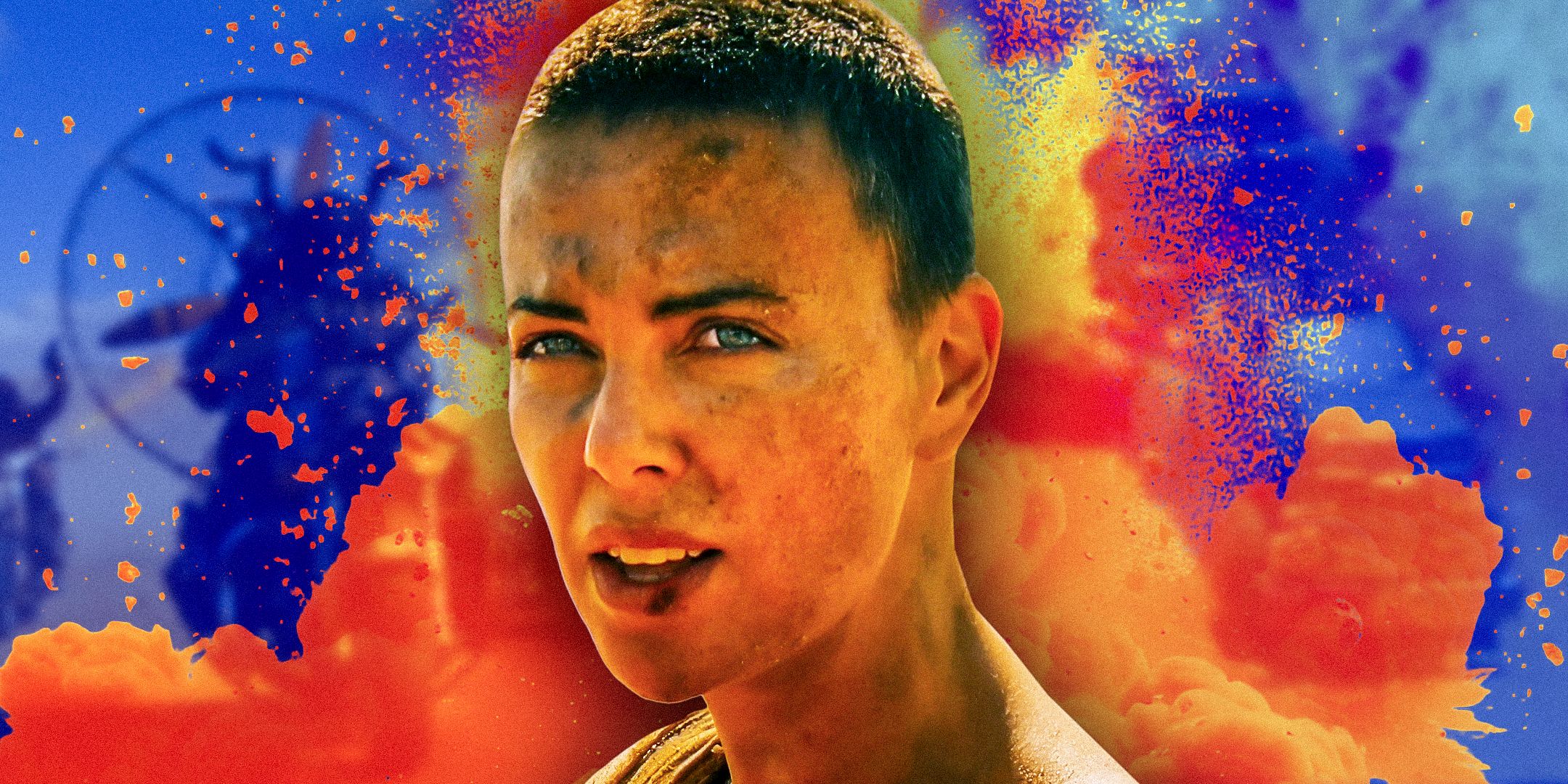
Related
10 Best Action Scenes & Car Chases In The Mad Max Movies
From the sandstorm in Fury Road to the tanker chase in The Road Warrior, the Mad Max franchise is jam-packed with great car chases and action scenes.
2
Ben-Hur
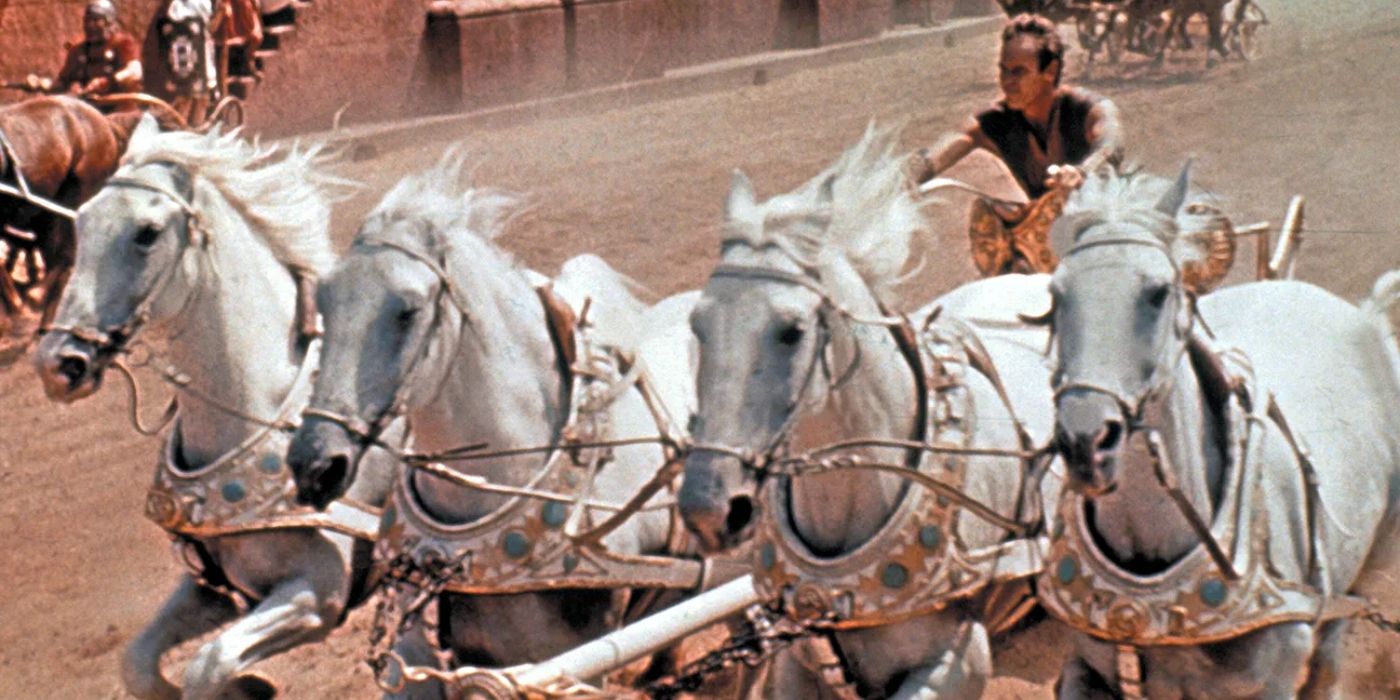
Miller mentions being blown away when he saw the chariot sequence in both the 1925 silent version of Ben-Hur and the big-budget MGM remake. The chariot sequence is easily the most iconic scene from either version of Ben-Hur. Miller specifically mentions the dazzling widescreen visuals of the MGM movie when discussing the scene’s impact on the action sequences of Mad Max. Ben-Hur’s chariot set-piece is the kind of scene that the big screen was made for.
The vehicular carnage of the Mad Max franchise has always been influenced by the high-octane chariot sequence from Ben-Hur. But Furiosa contains a more specific reference to Ben-Hur’s most memorable moment. Miller decided that Chris Hemsworth’s villain, Dementus, would see himself as a classical Roman figure, so he leads his biker gang from the back of a motorized chariot.
1
The Searchers
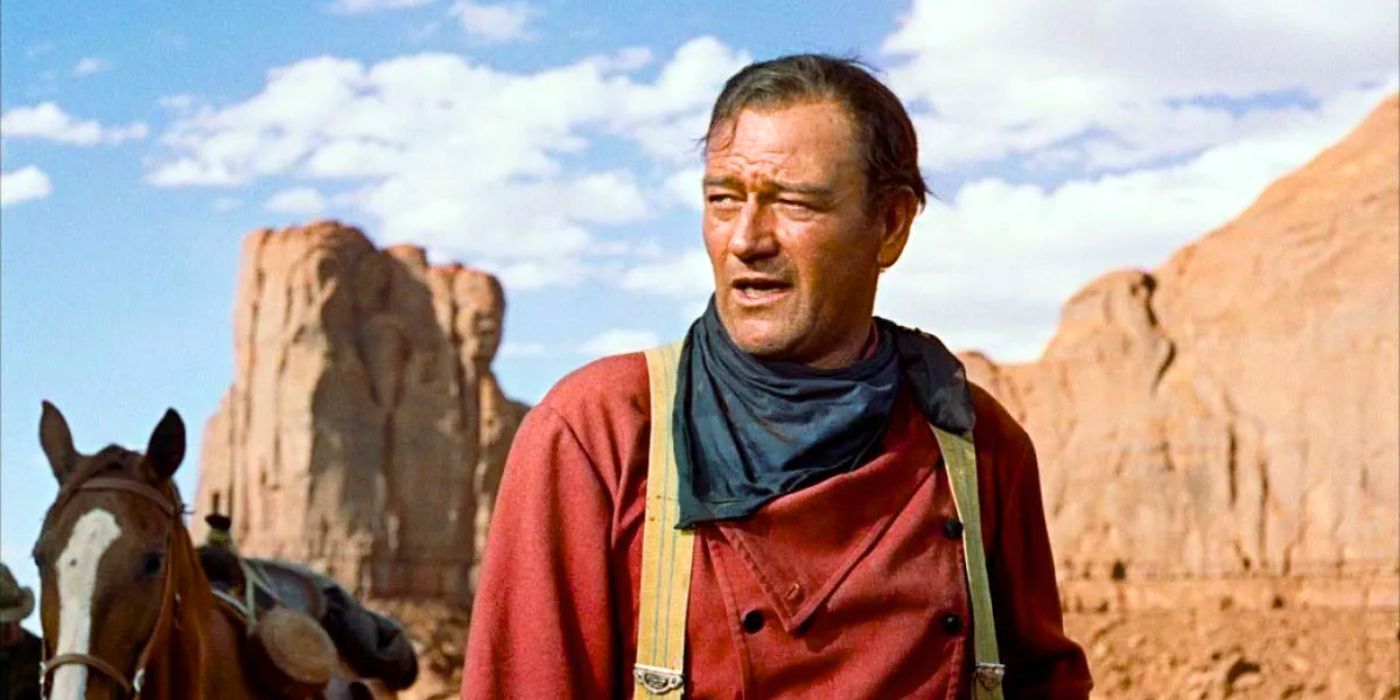
The climactic tanker chase in Mad Max 2: The Road Warrior is a nod to the Apache chase from Stagecoach, but that’s not the only Ford movie that Mad Max 2 borrows from; the sequel also references The Searchers. The Searchers stars John Wayne as Ethan Edwards, a Civil War veteran who feels out of place in a post-war world where his values are outdated and his violent skills are no longer useful. When his niece is abducted, Ethan rides out into the desert to find her.
When Max is up on a hill at night, watching the biker gang camped out in the distance, Miller includes a visual reference to The Searchers. The composition of this shot is similar to the moment when Ethan sits atop a mountain and gazes at the Comanche camp. Much like Ethan, the title character in Mad Max is a man out of his time just trying to do the right thing at any cost.
Source: Vanity Fair
